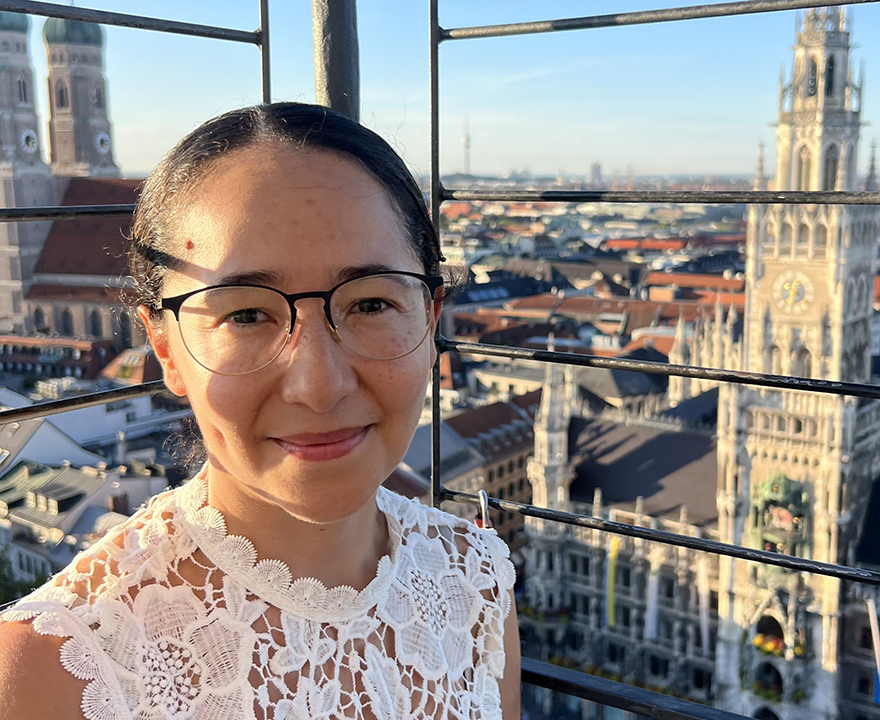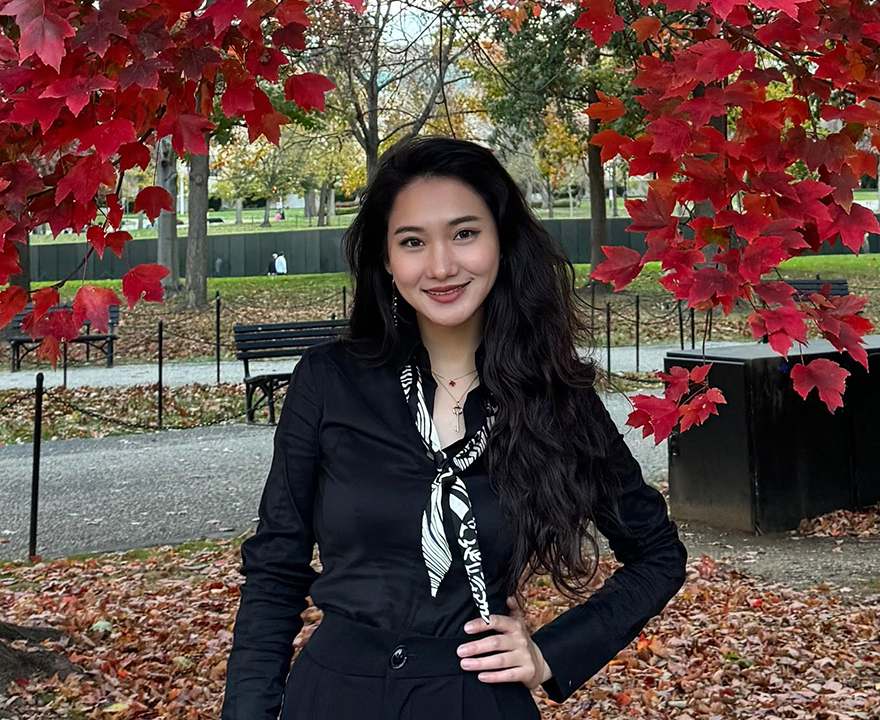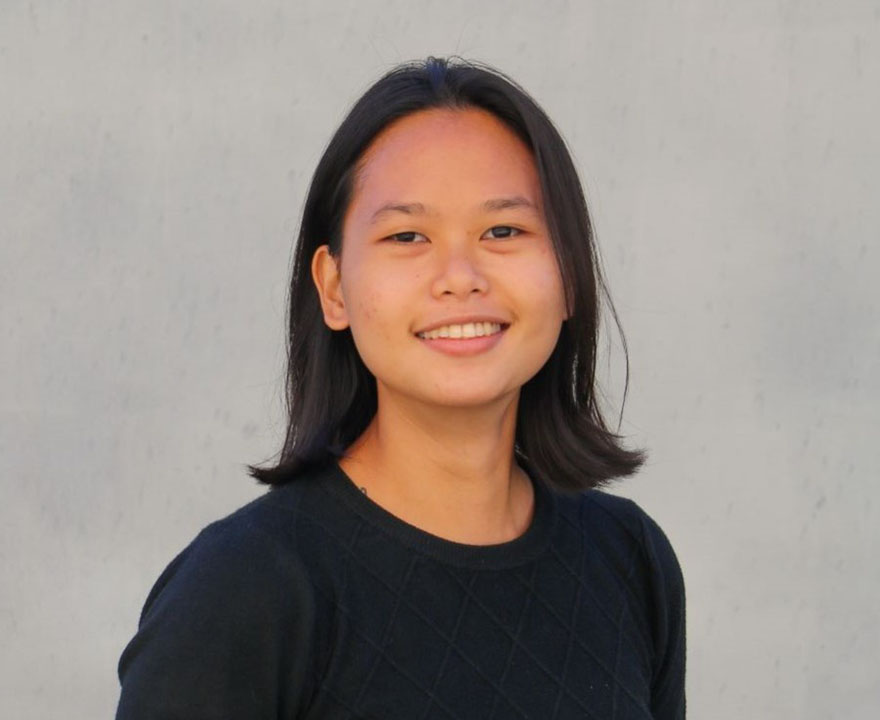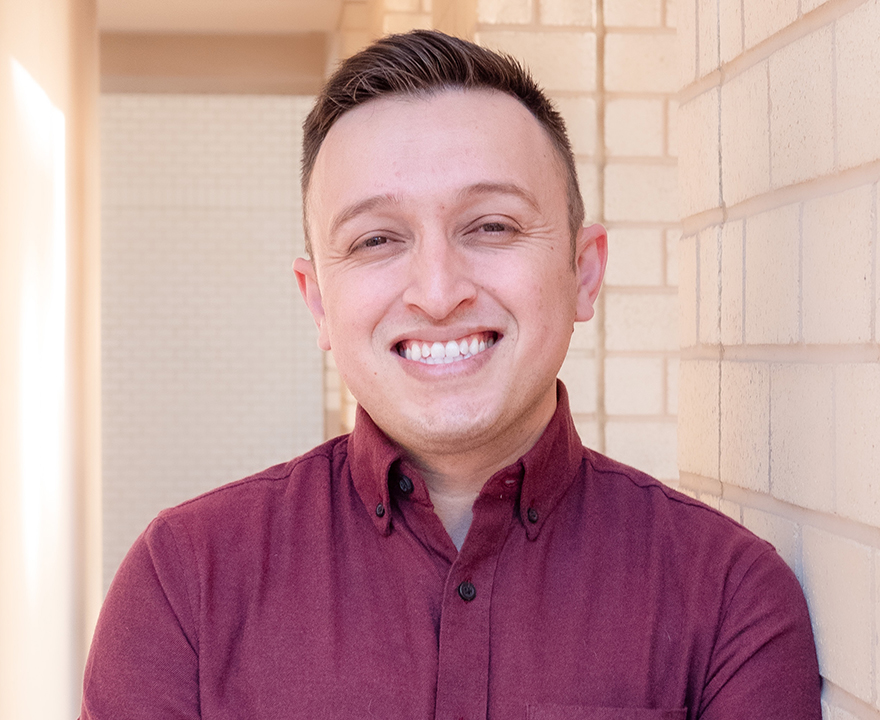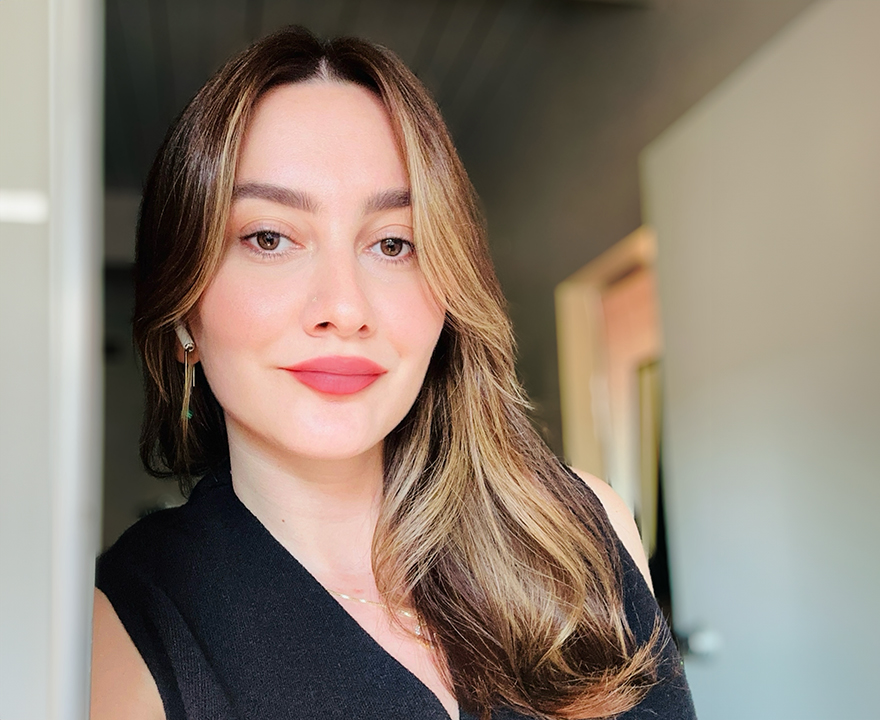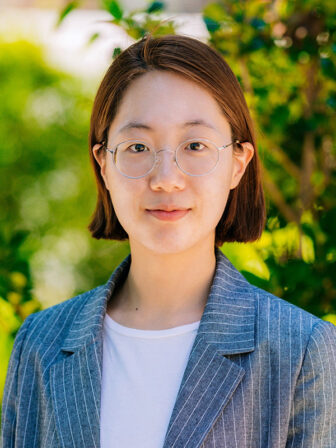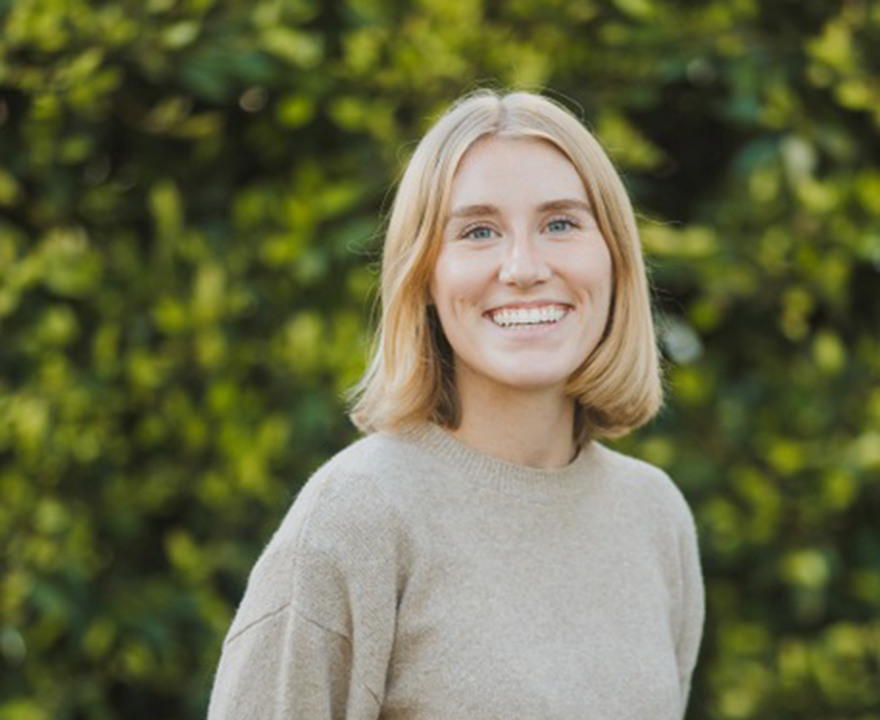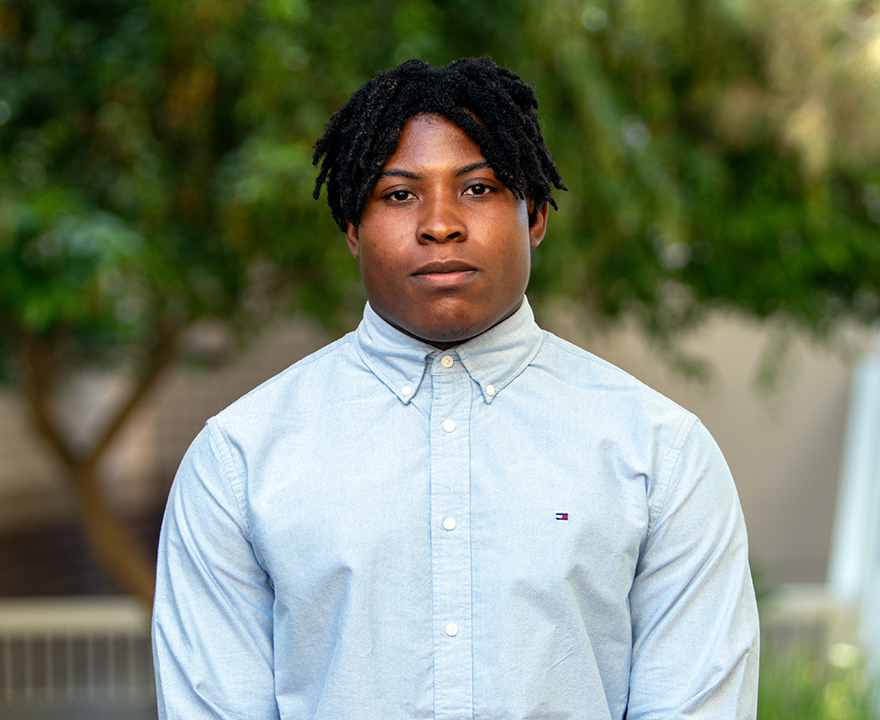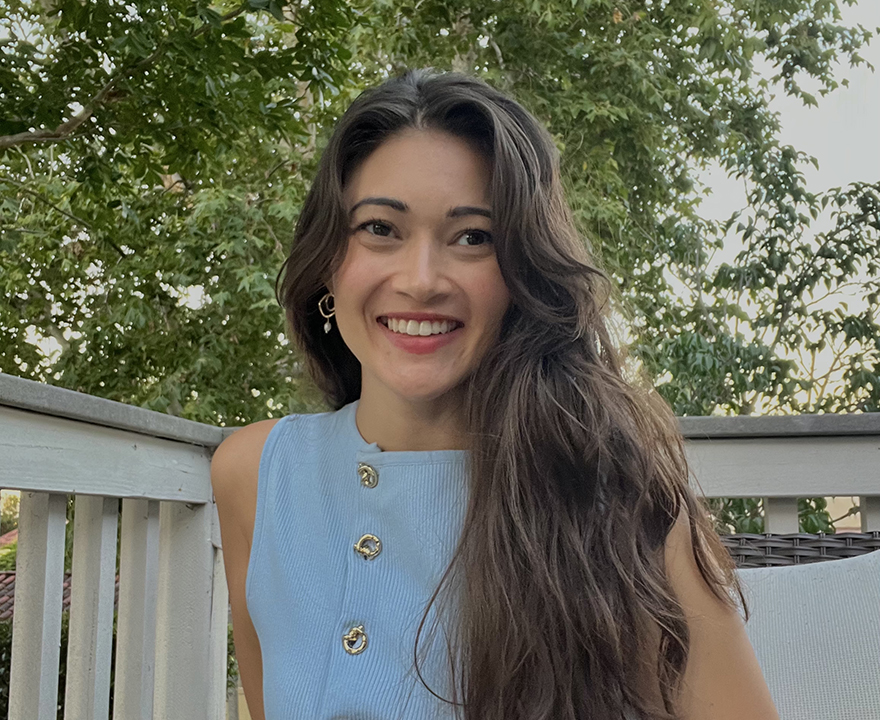In today’s competitive job market, technical expertise and academic excellence only go so far. The ability to build relationships has become one of the most valuable competencies graduate students can possess. Recognizing this need, the UC Irvine Graduate Division launched a series of networking mixers designed specifically to support scholars in strengthening these essential skills. Jennifer Ellinger, Associate Director of Development and Industry Partnerships, shares how these mixers came to life and the impact they are having on graduate student success.
Why Networking Mixers are Meeting a Critical Need
Ellinger shared that the inspiration for these mixers came from a simple and powerful insight: graduate students benefit profoundly from strong, supportive networks. Whether they are seeking mentorship during their academic journey, preparing for career transitions, or exploring employment opportunities, students thrive when connected to people who can guide, encourage, and open doors.
“Networking is one of the most valuable competencies our scholars can have,” she explained. “They need these skills to build relationships with mentors during their degree, prepare for career goals near completion, and ultimately secure roles through introductions, referrals, or direct hiring.”
Preparing Students for Meaningful Engagement
For many graduate students, especially those who are new to networking or introverted by nature, the thought of initiating professional conversations can be daunting. To reduce anxiety and build confidence, Ellinger and her team integrate preparation into the Graduate Division’s broader career development programming.
Through the Career Foundation Series and Career Transitions Series, students learn not only the value of networking but also how to practice it in real time. Sessions focus on building a personal “board of directors,” cultivating mentor relationships, and crafting polished elevator pitches. This gives students clear objectives and conversation goals before entering the room.
Creating a safe environment is also central to the mixers’ success. All external guests—alumni, industry partners, and community professionals—are briefed beforehand and understand their role as micro-mentors. They come ready to offer insights, share their experiences, and continue conversations after the event.
“We want our scholars to feel prepared and supported,” Ellinger said. ” We brief our partners, share guest lists with our students, and encourage LinkedIn pre-connections. We also follow up several times leading up to the event so students feel welcome and know what to expect.”
What Makes These Events Work?
When asked what elements contribute most to the mixers’ success, Ellinger pointed to several key components:
- Structured Preparation
Students enter confident, knowledgeable, and equipped with conversation starters.
- Partner Engagement
- Trusted alumni, industry leaders, and community partners serve as approachable guides and micro-mentors.
- Strategic Timing
- Mixers are held on campus in the evenings at the end of each academic quarter, when students are more available.
- Supplemental Learning Tools
- Asynchronous modules through Beyond the Professoriate, Interstride, and Career Center recordings reinforce networking skills.
- Welcoming Atmosphere
- This combination of preparation, logistics, and hospitality results in events that feel both structured and welcoming.
Micro-Mentorship: The Heart of the Mixers
One of the most valuable outcomes of these events is the emergence of micro-mentorship opportunities. Before the mixer, students receive guest LinkedIn profiles to help them prepare personalized introductions. Afterward, they are provided with guest email addresses to encourage follow-up.
Ellinger emphasizes that this is where real relationships begin: “We encourage students to reach out, invite someone to coffee, and build genuine, holistic connections. Many of these brief interactions turn into meaningful mentorship opportunities.”
Advice for Institutions Looking to Launch Networking Mixers
For other universities hoping to replicate UCI’s model, Ellinger offers clear advice: start small.
“Work with trusted partners first so you can fine-tune logistics with a smaller group,” she recommended. “Collect feedback, refine your approach, and then scale. When you’re ready, aim for about 25 students and 20 external guests—you’ll always have some fallout on both sides.”
She also emphasized the power of personalized communication. Rather than sending mass emails, her team sends individual invitations, calendar holds, and detailed logistical notes including parking, attire, event flow, and participant information. Immediate follow-up after each mixer keeps momentum strong.
Lessons Learned: Preparing for the Unexpected
No event is without its surprises. Ellinger shared that unexpected issues—weather disruptions, late food deliveries, last-minute cancellations, or an unexpected guest—are inevitable. The key is staying flexible and maintaining a strong staff presence.
“It’s important to have staff circulating, not just sitting at a check-in table,” she said. “We make sure someone is available to facilitate introductions, support students who may need to recharge, and help anyone who feels unsure about approaching a group.”
This hands-on support ensures that every student feels seen, included, and encouraged.
Strengthening Graduate Success Through Connection
UC Irvine’s networking mixers represent more than just an evening of introductions—they are part of a broader initiative to cultivate confidence, community, and career readiness among graduate scholars. Through intentional preparation, personalized engagement, and a commitment to student wellbeing, these events are helping students build the social capital they need to thrive beyond their academic programs.
As Ellinger’s insights make clear, well-designed networking events can become powerful tools for professional growth, mentorship, and long-term success.


